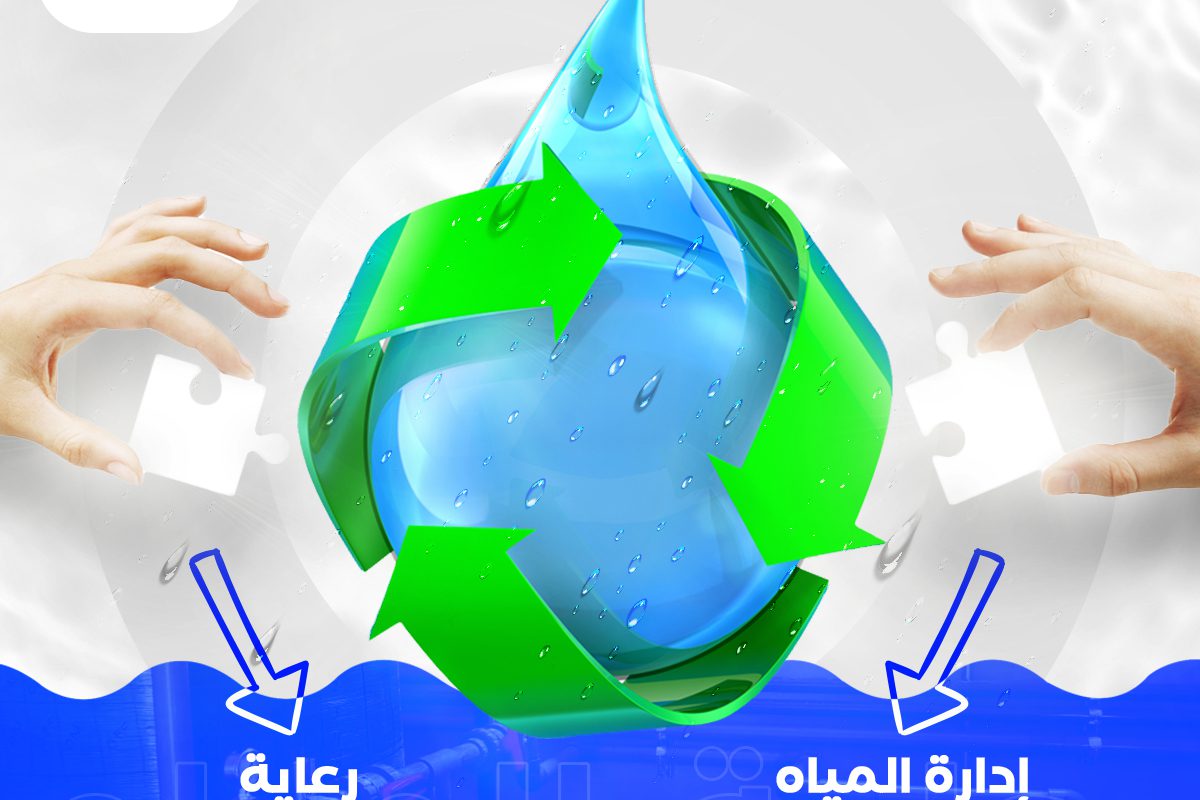
Important information to installing and maintaining water desalination plants
Installing and maintaining water desalination plants is a complex process that requires a trained technical hand. Therefore, we strive to simplify the information always so that you can make the right decision.
Why CAREWATER for the installation of water desalination plants?
- Professionalism in dealing with clients and credibility of work.
- Full engineering supervision under the hands of expert engineers in the field of modern technology.
- Full engineering supervision for the maintenance of all types of pumps and the necessary spare parts and changing filters and filters periodically.
- We carry out periodic and preventive maintenance for all components of water desalination plants.
- Continuous development and search for the latest and best technologies.
- Long experience with many clients’ success partners.
Desalination techniques in saltwater desalination plants
The methods of desalination of saline water are limited to three main methods, which are as follows:
Reverse osmosis method
This method (reverse osmosis) is one of the best methods that have been discovered in the desalination process of seawater and well water (medium salts). This is because it saves the energy used in the mechanism of operation of this method and is thus an economical method.
Ion exchange method
We can use this method of desalination only in industrial applications. It is not intended for desalinating seawater or well water. There are factories that use cooling water, and it is required to reduce the concentration of salts only in recycled water.
Heat processes
But this method is expensive because it consumes more energy. We can use it to desalinate seawater and wells.
Components of desalination plants using the reverse osmosis method
- Pumps to withdraw water from its sources, whether it is highly saline seawater or brackish well water.
- A group of flasks containing some chemicals and their function is to interact with all sediment and suspended matter in the water and remove them from the water and expel them outside the purifiers.
- Filters and their job is to remove any mineral salts in the water.
- A group of filters and its function is to remove sediment or any plankton that has not been removed in the previous two stages (claves and filters).
- Pumps and their function is to pump water into the reverse osmosis units, and the pump pressure is from 28 to 30 bar.
- A group of hobbies and their function Aeration of purified water that has been desalinated from osmosis units.
- Reservoirs and contains some materials that sterilize the water.
- Pumps to withdraw purified water to the city or village reservoirs to raise it to homes and institutions.
Stages of the water desalination process
The desalination process of seawater or well water is carried out through the passage of water in 4 main stages, which are as follows:
Sediment filter
It is an initial filter for all the following stages. The function of this filter is to first purify the water from silt and sediments in the water, and thus this filter protects the membrane of the reverse osmosis device from damage as a result of the presence of silt and sediments in the water.
Carbon filter
After the water passes through the sediment filter, the water passes through the carbon filter. The function of this type of filter is to remove chlorine and contaminants that may impair the efficiency of the reverse osmosis membrane in addition to improving the taste and smell of the purified water.
Reverse Osmosis membrane
Water passes through it to remove any residues and contaminants that were not removed in the previous stages.
Polishing filter
It is the last stage through which the water passes, and after this type of filter, you get drinking water.
What materials does a Reverse Osmosis desalination plant membrane remove?
This membrane removes salts such as calcium, nickel, mercury, zinc, sodium, potassium, magnesium, and iron and gets rid of them permanently to pass from the other side of the membrane through a tube through, then it pumps the sweetened water through the water tanks.
What are the factors that affect the performance of reverse osmosis systems for water desalination?
- Water pressure: The water pressure must reach from 40 to 85 PSI, and in case the pressure is less than that, the system will not work as efficiently as required.
- The type and number of sediment particles inside the water (TDS).
- Water temperature Cold water takes longer to flow from filter to filter.
- The quality of the filters used and the quality of the membrane system.

























